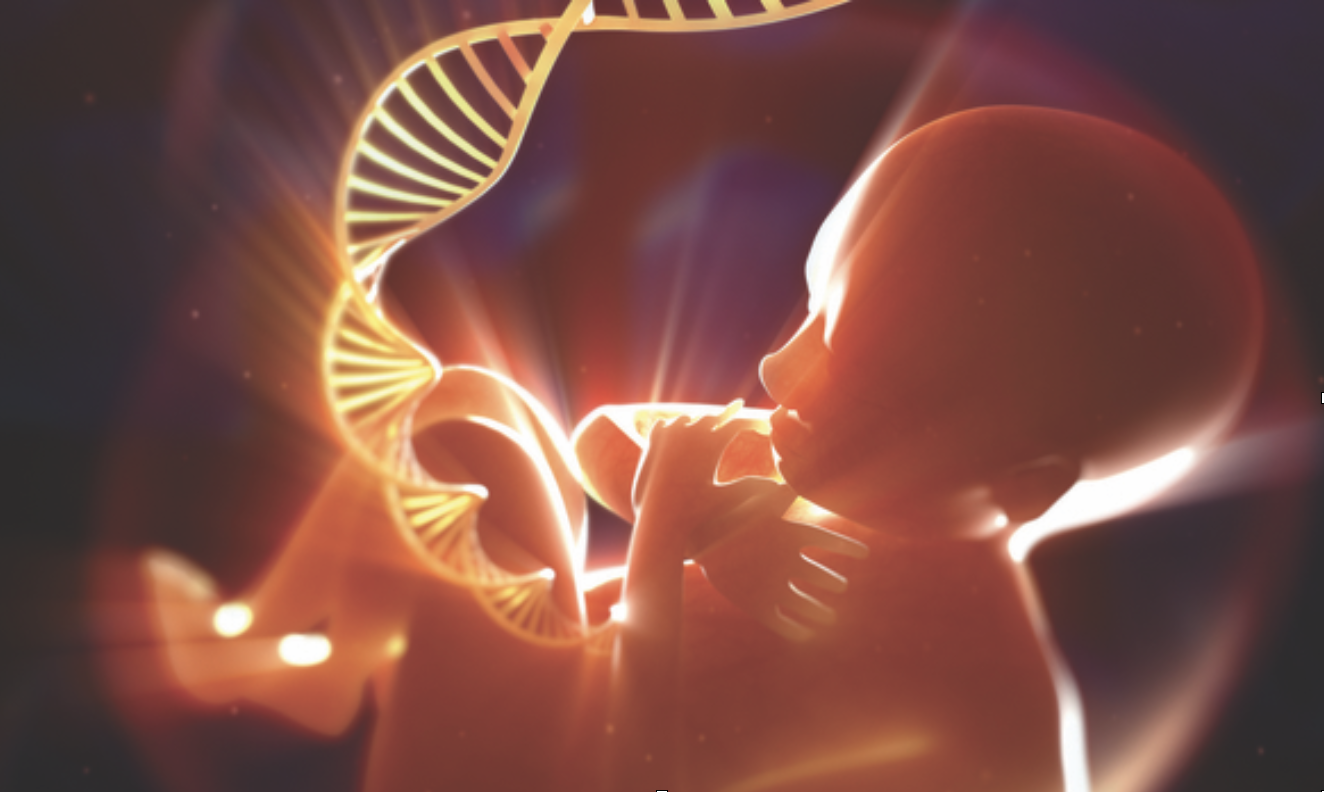Women who chose to undergo an NIPT usually reported that they were highly satisfied with the decision they made and felt confident and well-informed. But, there’s an urgent need to assess how women access and comprehend information regarding NIPT and also how they get counseling prior to birth in order to ensure informed and autonomous choices.
Non Invasive Prenatal Testing and Reproductive Planning
As NIPT grows more readily available and more widely available, it’s important for healthcare providers to be proficient in providing clear and accurate information about the test. Studies have found women want and need access to top-quality information on NIPT to make autonomous decisions. The information is essential to increasing reproductive autonomy, which is among the key concepts of informed decision-making.
The test NIPT is a non-invasive one that uses a sample of blood from the mother to detect indications of chromosomal anomalies within her child. It will reveal Edward syndrome (duplication of the 2 chromosomes, X and Y), Patau syndrome (trisomy 13) in addition to Down syndrome (trisomy 21). If positive results are discovered, a more in-depth diagnosis test, such as amniocentesis or CVS might be necessary to confirm the finding.

Genetic Abnormality Detection in Reproductive Planning
NIPT isn’t a source of health risk for mothers-to-be, in contrast to test for diagnosing such as amniocentesis or chronic villus sampling (CVS). The test uses cells-free DNA (cfDNA) that is extracted from the blood samples of the mother to identify aneuploidy, by counting chromosomes.
This test can be a great choice for women with high-risk pregnancy as well as those who are not a good candidate for invasive procedures. However, the results may not be 100% accurate.
The participants emphasized that if NIPT is standardized and offered as a routine pregnant test, this can further undermine reproductive autonomy, increase the risk of stigmas against those with disabilities and lead to misuse of the test. In order to avoid this experts stressed that counseling does not have to only discuss the technical aspects of NIPT as well as correct misinformation concerning disability and testing but also explore women’s attitudes toward NIPT as well as their plans to adopt children who have disabilities.
Role of NIPT in Family Planning
The NIPT screening test is, and not a diagnostic tool. If a woman’s NIPT results reveal a higher risk for an abnormality, her OB-GYN or midwife could recommend testing for genetic disorders that require more effort, such as chorionic villus sampling (CVS) or amniocentesis. The procedure involves taking a small sample from the placenta, and carry a slight risk of miscarriage.
Some respondents thought that consultation prior to the test for NIPT should be enhanced: it is important to women having access to this information but they may not always make informed choices based on the information given. The expansion of the NIPT scope to encompass more types of conditions could require more out-of-pocket expenses, which could disproportionally affect women with low incomes.
Respondents were also concerned regarding the possibility that NIPT xet nghiem nipt ha noi vietgen could result in the birth of more kids who have Down syndrome as well as Edwards of Patau’s Syndrome and’syndrome. They believed this could increase the costs of caring for these children, as well as their need for support and special education assistance.
Ethical Considerations in Prenatal Decision Making
Several ethical issues arise in the provision of NIPT for women within public health services. In our study, participants typically opposed a policy that would prioritize access to NIPT to treat certain ailments, arguing that determining which results from reproductive health are “worth it is left to the discretion of couples rather than based on a priori assessment of the severity of each disorder is.
The mother’s blood carries bits of DNA of her fetus. This is known as fetal cell-free DNA (cffDNA). The NIPT test analyses this cffDNA for the purpose of determining whether there is or absence of certain genetic diseases like Down syndrome and other chromosomal conditions. Our participants worried they would cause a sense of pressure to test in light of the concerns over industry influence in educational materials and incentives for health providers to endorse testing with NIPT.
Access and Cost of NIPT in Reproductive Planning
The NIPT test is more expensive than other tests for screening and isn’t covered by Medicare or health insurance plans for private individuals in Australia. It is suggested that women talk to a genetic counselor before making the decision whether to take the test.
The DNA of a growing baby is present throughout the mother’s bloodstream. scientists are able to detect it by a simple laboratory test. This is known as the cell-free fetal DNA (cffDNA). NIPT is only required for a tiny mother’s blood sample, and does not place the mother at risk.
Qualitative interviews with women carried out by Van der Meij and colleagues have revealed that the vast majority who chose NIPT were doing so as it provided reassurance as well as additional knowledge about their pregnancy. However, many women who declined the test did so as they believed that there was no moral responsibility to take it.
